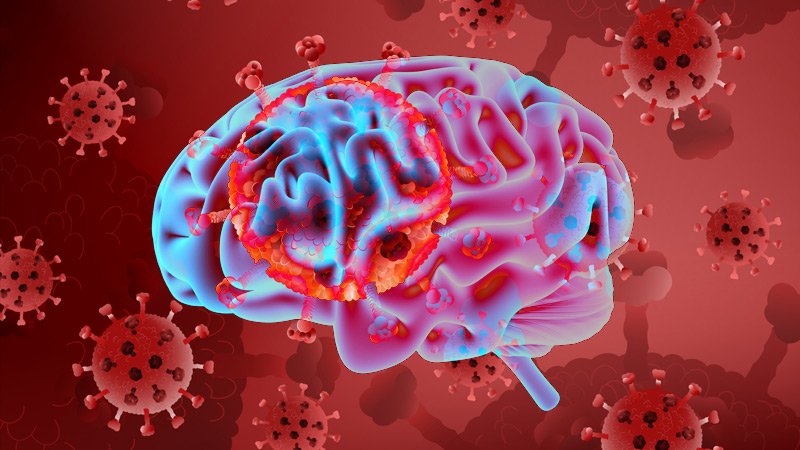In an eastern region of mainland China, early cases of severe acute respiratory syndrome coronavirus 2 (SARS-CoV-2) were hypothetically ramping up beginning in late-2019.
As cases became more prevalent leading up to early spring of 2020, during the start of the pandemic, internationally-based researchers conducted numerous studies of infected patients in the Wuhan region of China.
In one study, published in the peer-reviewed journal JAMA Network, a research team investigated a case series involving 214 patients diagnosed with the new strain of coronavirus, commonly abbreviated as COVID-19.
In their findings, the team, comprised of experts of U.S. and Chinese-based medical institutions, revealed neurologic manifestations in patients testing positive for coronavirus.
According to researchers at Tongji Medical College, Huazhong University of Science and Technology, and Barrow Neurological Institute, electronic medical records and particular data of neurological symptoms were examined in all patients confirmed to have infection.
Along with clinical manifestations, such as fever, cough, and fatigue, the team uncovered acute cerebrovascular events, impaired consciousness, and muscle injury, purportedly caused by the coronavirus strain, the findings proclaim.
The study also noted of several limitations, including the exclusion of patients with mild neurologic manifestations (taste and smell impairment) and the inability to study any confirmed cases outside of China’s mainland.
“In conclusion, SARS-CoV-2 may infect nervous system and skeletal muscle as well as the respiratory tract. In those with severe infection, neurologic involvement is greater, which includes acute cerebrovascular diseases, impaired consciousness, and skeletal muscle injury,” the study’s lead author concluded in the report.
“This study may offer important new clinical information on COVID-19 that would help clinicians raise awareness of its involvement of neurologic manifestations.”


